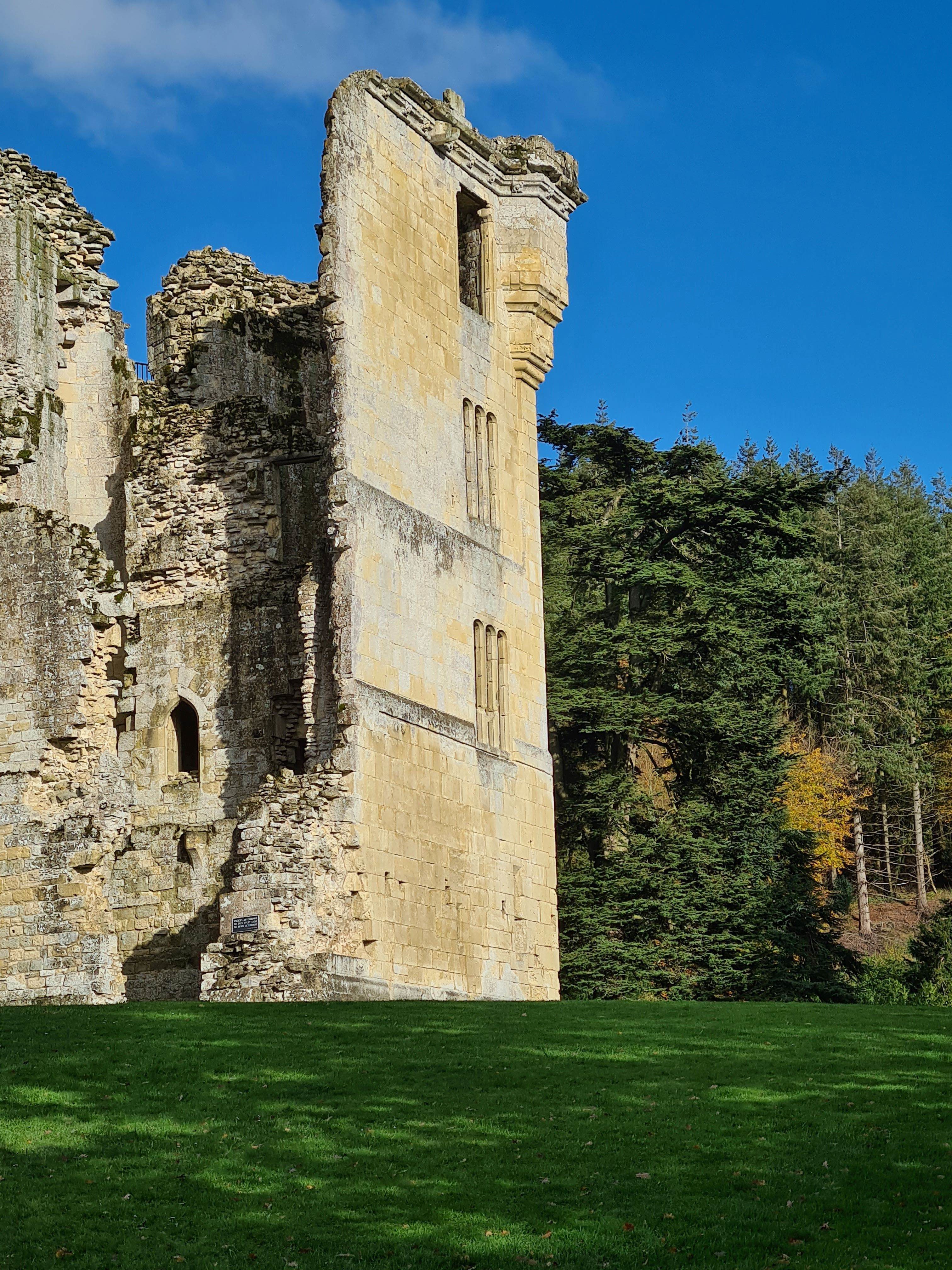The Four Martyn Sisters of Athelhampton
Tragedy and Wealth in Tudor Dorsetshire
Chapter 3 : The Sisters' Early Marriages
In the early 1570s, the eldest of the four sisters, Elizabeth, had reached the age when she might consider betrothal. The Martyns, as Catholics, were clearly keen for unions with families of the same religion — of the seven marriages eventually solemnised by the sisters, all were to Catholic partners. The Martyn family wealth extended far beyond Athelhampton itself and would have made the sisters attractive to some of the great Catholic families of England, such as the powerful Arundells. One branch of that clan lived at nearby Wardour Castle and the Martyns were their guests during Yuletide at least once – and they had an eligible son.

But the potential prestige and money that could come with such unions came with risks, as well. The Martyns would have been keenly aware that the politics of religion were shifting against them. In the 1570s things had not yet reached the fever pitch of the 1580s that was to be triggered by the Pope’s excommunication of the Queen, but the Martyns would be well aware that with Sir John’s death they had lost a voice at Court that could have spoken for them. All this would have suggested that lower profile husbands might be safer — especially since the Arundells were becoming deeply entwined in religious politics, with one of their family members exiled and about to start plotting actively against the Queen.
We do not know how far such political issues weighed in the scales alongside romantic attraction, but it is a matter of record that all the sisters took husbands from relatively modest backgrounds. Despite this, some of these husbands turned out not to be immune from political dangers, as we will see in a moment.
Elizabeth’s marriage, celebrated before 1574, was to Henry Brune, a squire whose estates included a good-sized farm at Lydlich, deep in the Dorsetshire countryside about half a day’s ride north of Athelhampton. This proximity must have been a major attraction for everyone, and as Elizabeth began to have children — records suggest six had arrived by the early 1580s, with two or three more later in the decade — we can imagine frequent family gatherings that allowed the young ones to get to know their grandparents and aunts.
The second Martyn sister, Jane, did not quickly follow her sister into marriage. We can only guess at the reasons for this — maybe she was enjoying the single life too much, or maybe no-one suitable presented themselves. One other possibility, given the tentative evidence (described below) that she was especially devout, is that she was considering taking the vows to enter a nunnery.
Whatever the reasons, it was the third sister, Frances, who was next to marry, in 1577. Her partner was Thomas White, who brought wealth of two types into the alliance. One was land from his father, a successful merchant from Poole who in the 1540s had purchased a small manor and farm at Fittleford, like Lydlich an easy journey from Athelhampton. In addition to this, White had a career as a lawyer in London, which must have brought in a considerable income. It was a convenient profession, for the long legal holidays would have given him time to come back to spend time in Dorsetshire with Frances and their babies – they eventually had at least six.
The fourth sister, Anne, was somewhat younger than the others and did not marry until the 1590s. Meanwhile, it is Jane who returns to the centre of the narrative.
